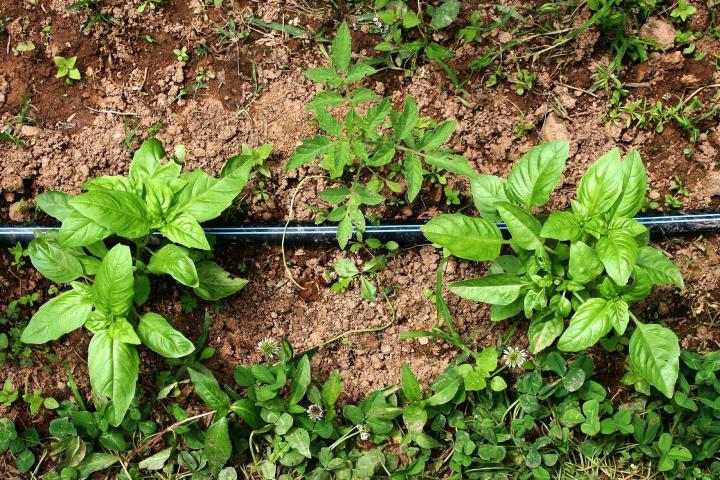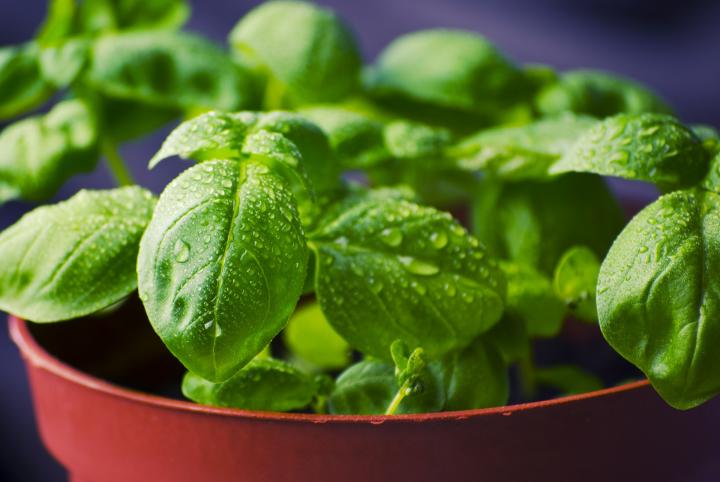
Planting, Growing, and Harvesting Basil
Make herbal vinegar using basil; it retains the flavor and makes a great gift! See how to make herbal vinegars.
ADVERTISEMENT
Funny, but less than a week ago, I sent the Old Farmers Almanac a real easy way to dry basil w/o the use of a microwave, oven, dehydrator or by tying a bunch of basil branches together with string and let them air dry in a cool area of one's home. My quick and easy way: Cut off desired branches; Rinse under cool running water or swish in a sink to clean off the basil; Place basil on paper towels until the majority of the moisture has evaporated; Put the basil onto a rimmed cookie sheet (leaves only); Place in a hot car warmed by the sun; Remove basil from car once leaves are dried; and place in air tight containers -- so easy ! Note: You can either crush the crinkly leaves or store whole.
basil is healthier, and also consuming it helps in lowering blood pressure, get the fresh basil at providore online shopping sri lanka cash on delivery
I had never grown herbs before I got one of those commercial mini-hydroponic setups for Christmas, which included 6 different herbs to grow, including Genovese and Thai basil. The Thai basil grows like a weed, but the Genovese seems to be nearing the end of its life span. I read that it could easily be propagated, so I snipped off a piece and have started it in a mason jar, it's rooting, and I hope to never, ever have to buy basil at the store again!
My basil leaves appear to have some sunburn. Are there any remedies to help once some of the leaves are already burnt?
My store-bought basil plant obviously went to flowers before to leaves, and then it dried up, even though watered. Any purpose to dried flowers other than for its smell?












Comments